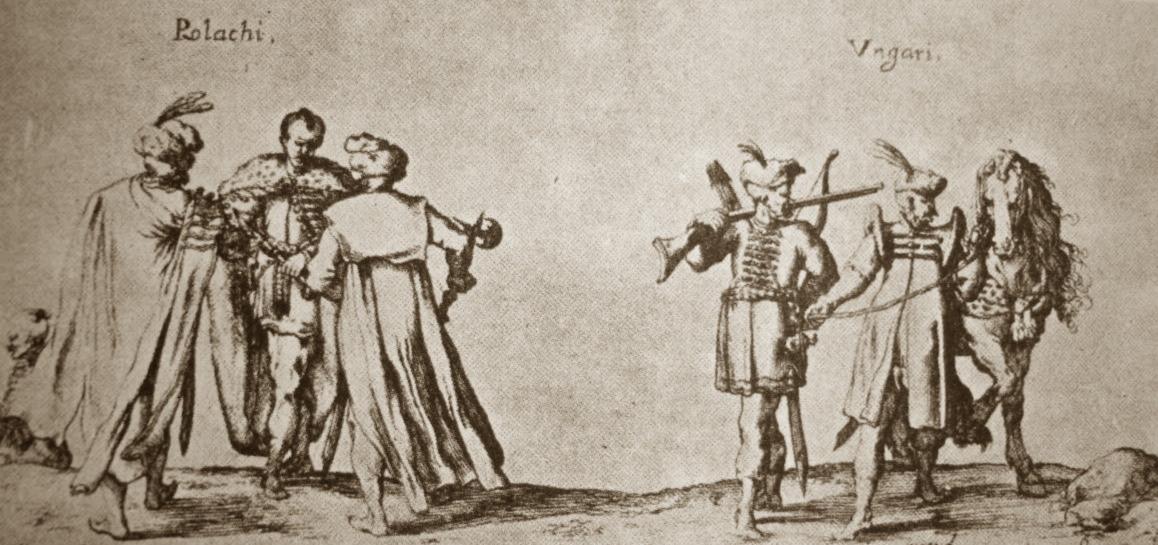Amazon Prime Student 6-month Trial

Create an Amazon Wedding Registry
Polish and Hungarian Soldiers
after Johann Wilhelm Baur, 17th century.

Picture source: Wladyslaw Lozinski (1960). Prawem i lewem: obyczaje na Czerwonej Rusi w pierwszej polowie XVII wieku. Wydawnictwo Literackie
Johann Wilhelm Baur, Joan Guiliam Bouwer, or Bauer (Strasbourg, 31 May 1607 - Vienna, January 1640) was a German engraver, etcher and miniature painter.
He is famous for a series of illustrations of Ovid's Metamorphoses.
According to Houbraken, he learned to draw and paint from the miniaturist Friedrich Brentel in Strasbourg, before embarking on a Grand Tour to Rome, where he painted for Brassiano, a known patron of the arts.
In 1636, Johann Wilhelm Baur realized for Don Paolo Giordano Orsini II, the Duke of Bracciano, a work consisting of sixteen etchings titled New Book of Various Nations.
Edited and printed by the Parisians François Langlois (1588 - 1647) and Pierre II Mariette (1634 – 1716) as Livre nouveau des diverses nations.
Each plate features two groups of characters illustrating each time a different nation: the French, Spaniards, Walloons conversing amicably with Flemings, Moors, Greek, Hungarians, Poles, English, Muscovites and finally the Italians.
See Université de Liège (Belgique) for more illustrations from this book.
Used as a source for Hungarians in 'The Imperialists' by George Gush
Other illustrations of Hungarian Costume & Soldiers
17th Century Illustrations of Costume & Soldiers


